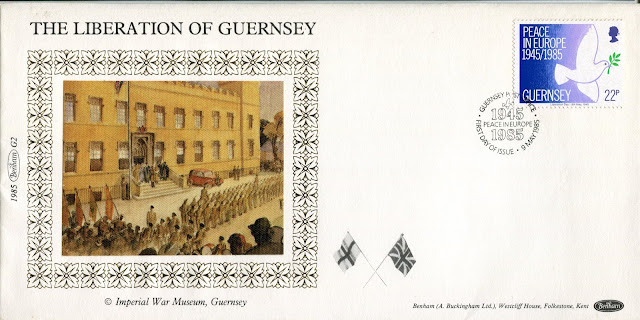 |
| 2015: Inventive Britain |
L to R is the 1st Class - Colossus computers who were developed by British code-breakers in 1943-45 and is considered the world's first electronic digital computer. Designed by the research telephone engineer Tommy Flowers but hushed up for the perceived security reasons many decades after the war had ended. (The scan doesn't really bring out the centre strip which looks like one of the old punched cards used in computers) 1st Class - World Wide Web, Tim Berners-Lee invented the first web browser and the HTML language when working at CERN in 1989 to be able to share data easily 81p - Catseyes, invented by Percy Shaw and always voted for as one of the top ten British inventions in the UK, simple yet effective. The first thought that came into my mind when seeing this one was the road safety advice 'dip don't dazzle!
81p Fibre Optics, a term coined by Narinder Singh Kapany, but the stamp celebrates Charles Kao and George Hockam's pioneering rapid data transfer technology for communications. £1.28 Stainless Steel created by Harry Brearley in 1914 he originally called it rustless steel and is credited as inventing the first commercially viable corrosion resistant stainless steel. The more you stare at this stamp the more it seems to bevel. £1.28 - Carbon Fibre, stronger and lighter than metal, invented by William Watt
£1.47 - DNA Sequencing, a method of mapping DNA invented by the Nobel winning scientist Frederick Sanger in the 1960s-70s. It is also the theme of the FDC photograph and the cancel is from his birthplace of Gloucester. Lastly £1.47 - I-Limb a bionic hand invented by David Gold and his team at the Princess Margaret Rose Hospital in Edinburgh.
An entry to Sunday Stamps II - 20th Century Inventions - discover more at See It On A Postcard























